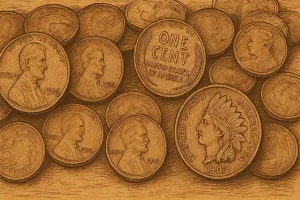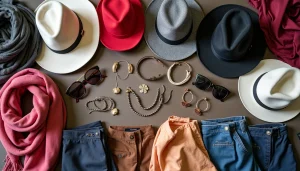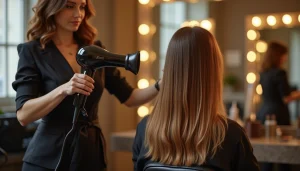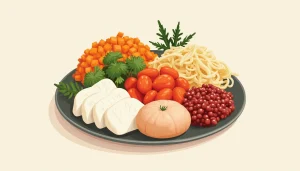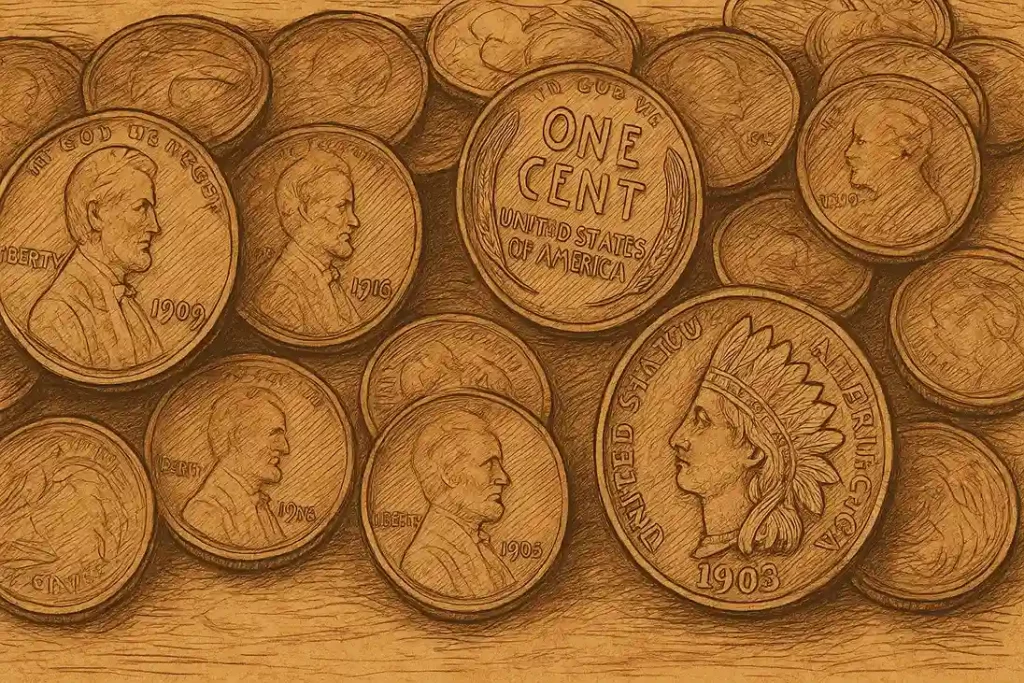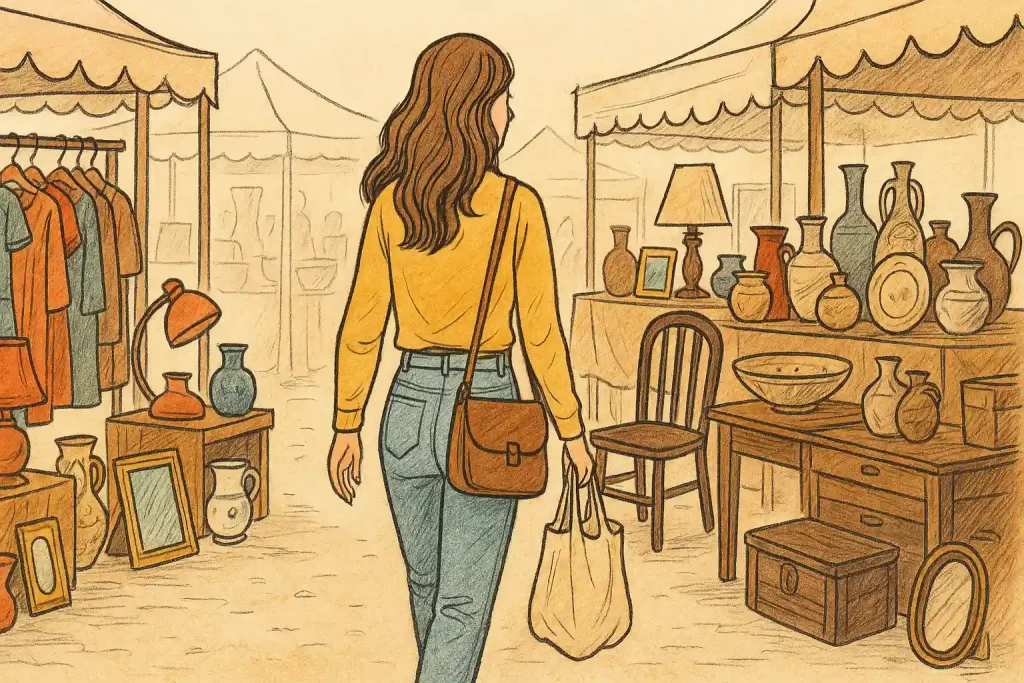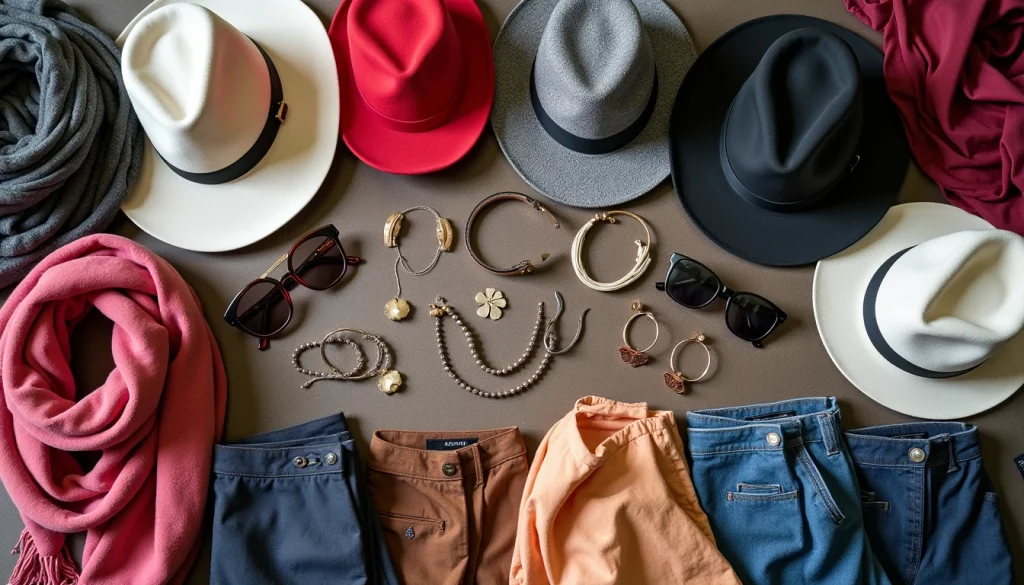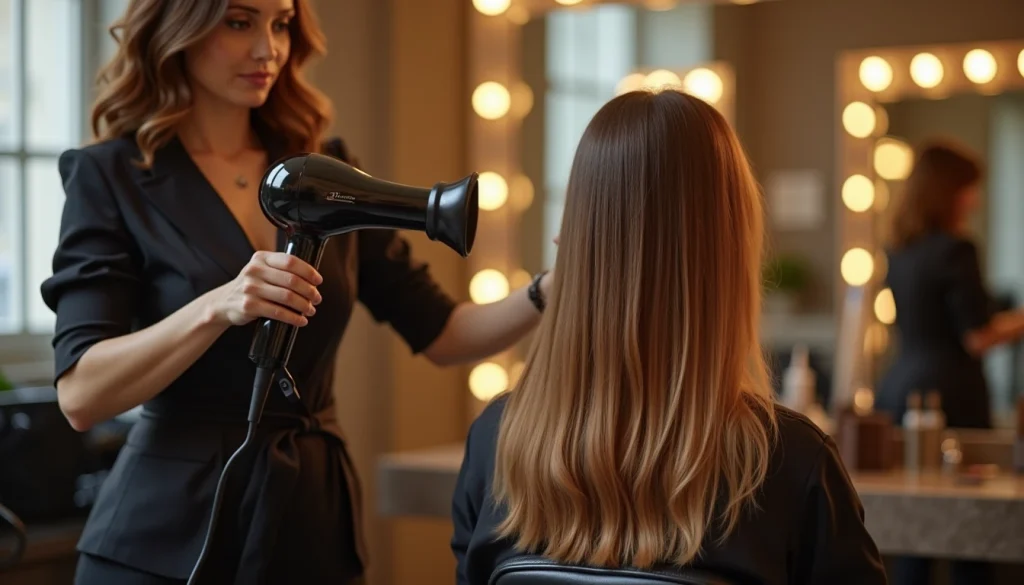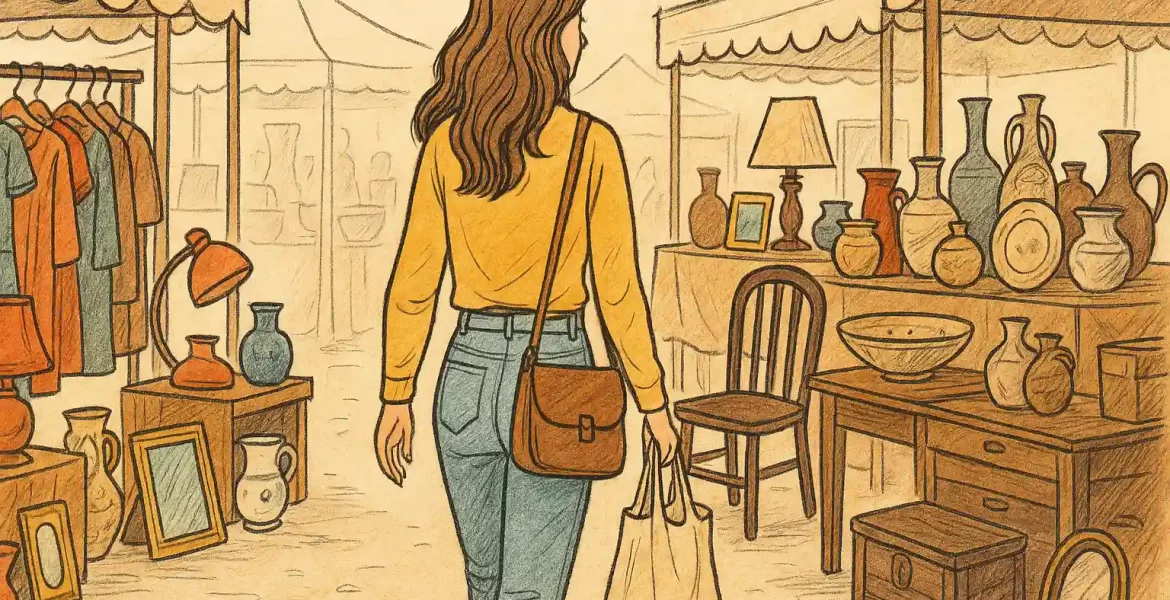
Travel Article
Go Vintage: Top Tips on Flea Markets Exploration
On April 15, 2025 by StyleGuide
Flea markets are more than just open-air bazaars—they’re living archives of style, craftsmanship, and stories waiting to be uncovered. Whether you’re searching for a mid-century modern lamp, a 1960s leather satchel, or even want to understand the 1881 silver dollar value, flea markets offer endless opportunities. But to truly master the art of vintage shopping, preparation is essential.
Let’s walk through everything you need to know before you start exploring local or foreign markets.

Tools for Coin Collectors
For collectors and curious browsers alike, flea markets can be hiding places for valuable coins with rich backstories. If vintage coins are your passion, flea markets are a goldmine—but only if you come prepared. Enter the Coin ID Scanner app, a must-have for every flea market numismatist.
Whether you’re flipping through a vendor’s old cigar box or spotting something shiny in a vintage cash drawer, the Coin ID Scanner app allows you to learn more than from a simple glance.
Why Coin ID Scanner is a Game-Changer:
- Instant Identification – Simply scan a coin with your phone’s camera and get details in seconds.
- Historical Insights – Learn about minting year, metal composition, and country of origin on the spot.
- Value Estimation – Compare market prices instantly to make informed purchasing decisions.
- Track Your Collection – Organize your finds with personal notes, photos, and estimated values.
No more guessing whether that coin tucked behind the vendor’s cash box is worth your time—now you’ll know immediately. And with a user-friendly interface, this app is ideal for both beginners and serious collectors alike.
Preparation is Key
Going in without a plan is like diving into an ocean with no direction. Flea markets are mesmerizing—one moment you’re browsing rotary phones, the next you’re bartering for a pair of 70s roller skates. While spontaneity is part of the magic, having a focused vision keeps your budget and backpack in check.
How to Make a Wish List:
- Categories – Define your hunt: are you looking for home décor, fashion, vintage tech, or collectibles?
- Style Inspiration – Gather some reference photos or create a Pinterest board. A visual guide will help you stay on track.
- Must-Haves vs. Nice-to-Haves – Know your priorities. It’s easier to make decisions when you’ve mentally sorted your dream list.
Dress for the Occasion
If you think fashion doesn’t matter at a flea market—think again. The right outfit can make or break your experience. From weatherproofing to vendor psychology, what you wear impacts how the day unfolds.
What to Wear:
- Comfy Footwear – Markets are sprawling. Sneakers or cushioned sandals are your best bet.
- Layer Smart – Bring a light jacket or hoodie that you can tie around your waist.
- Go Low-Key – Looking flashy can mark you as a “big spender,” which might work against you in price negotiations.
Bonus Tip: Leave the fancy handbag at home and opt for a crossbody or small backpack to keep your hands free while browsing.
Pack Like a Pro
Think of your flea market trip like a mini expedition. The better your toolkit, the better your haul.
🎯 Flea Market Essentials:
- Cash (small bills) – Not every vendor accepts cards, and exact change helps you move quickly.
- Measuring Tape – For checking dimensions on furniture or frames.
- Portable Charger – You’ll be using your phone for maps, research, and scanning QR codes.
- Reusable Bags or Foldable Cart – Avoid juggling purchases by bringing a sturdy tote or wheeled cart.
Shopping Strategies
Once you’ve prepped your wardrobe, wishlist, and flea market survival kit, it’s time to hit the ground running. But navigating a bustling flea market isn’t just about wandering aimlessly and hoping to stumble upon something amazing. The best vintage hunters apply strategy, timing, and a touch of charm to score those hidden gems.
When you arrive can greatly impact what you’ll find and how much you’ll pay for it. There are two schools of thought—and both are equally valid depending on your goals.
Early Bird Approach:
- Get the First Pick – Arriving at opening gives you access to the freshest stock before crowds arrive.
- More Time to Browse – You’ll have better access to vendors for questions, stories, and deals.
- Fewer Distractions – Easier to move around and explore popular stalls before it gets packed.
Late-Day Scavenger:
- Score Last-Minute Deals – Vendors may offer deep discounts to lighten their load before packing up.
- Better Room for Haggling – Sellers are more open to negotiation after a long day.
- Less Crowded – Fewer shoppers = less competition for interesting finds.
💡 Pro Tip: If the market spans multiple days, attend on the first day for serious shopping and return on the last for bargaining gold.
Cash Talks, Card Walks
Many vendors either don’t accept digital payments or prefer not to deal with transaction fees.
- Bring Small Bills – Ones, fives, and tens help keep transactions smooth and give you better bargaining power.
- Set a Budget – It’s easy to overspend when every booth has something irresistible. Limit yourself to avoid regret later.
- Separate Your Cash – Keep a “main stash” and a smaller, more accessible pouch for quick deals.
Keep your cash secure in a money belt or discreet pouch under your jacket. Avoid pulling out thick wads—vendors will clock it, and you might lose your haggling edge.
Haggle Without the Hassle
Negotiation is part of the culture—and vendors expect it. But successful haggling isn’t about lowballing or acting entitled. It’s about mutual respect and knowing how to communicate.
Smart Haggling Techniques:
- Start With a Smile – Politeness sets the tone. Greet the vendor and show genuine interest in their items.
- Ask for the Best Price – Instead of demanding a discount, ask: “What’s your best price on this?”
- Bundle for Bargains – Buying multiple items? Ask for a group discount. Vendors love clearing more inventory at once.
- Be Ready to Walk Away – If the price doesn’t work for you, it’s okay to move on. Often, this alone gets the vendor to counteroffer.
Avoid saying “That’s too expensive” or comparing their items to online prices—it can come off as disrespectful. Instead, emphasize your appreciation for the piece.

Train Your Eye for Quality
A true vintage hunter knows how to separate valuable finds from flea market fluff. Spotting quality takes a mix of research, intuition, and attention to detail.
What to Look for:
- Craftsmanship – For furniture, inspect joints, edges, and materials. Older, handmade items will show unique signs of work—think dovetail joints or solid wood backings.
- Original Features – Authentic vintage items often retain original tags, buttons, or hardware. Replaced parts can affect value.
- Condition vs. Patina – A little wear can add charm, but cracks, mold, or major damage are red flags unless you’re prepared to restore the item.
Use your smartphone to look up comparable items on platforms like Etsy or eBay for real-time value checks.
Vintage is the New Sustainable
One of the biggest perks of flea market shopping? It’s eco-friendly. In a world of fast fashion and disposable décor, vintage finds offer an ethical alternative that reduces waste and breathes new life into pre-loved pieces.
How to Shop Sustainably at Flea Markets:
- Bring Your Own Bags – Ditch the plastic. Opt for reusable canvas bags or even foldable carts to transport larger items.
- Embrace Imperfection – A few scratches or scuffs? No problem. Many items can be cleaned, restored, or repurposed with minimal effort.
- Buy to Preserve, Not Replace – Choose items that enhance your space or wardrobe long-term, rather than filling gaps temporarily.
Bonus Idea: Start small DIY projects with your finds—reupholster a vintage chair or reframe retro prints. It adds a personal touch while avoiding mass-produced alternatives.
Flea markets are more than shopping destinations—they’re cultural experiences, creative playgrounds, and sustainability havens. Each aisle you walk down is a story waiting to be discovered, a memory waiting to be made.
So whether you’re after a rare vinyl record, a weathered leather satchel, or a coin that might just be a century old, remember: the best flea market finds are the ones that feel like they found you.
You may also like
- How to Detect a Valuable Penny in Your Collection: Guide for HobbyistsAt first glance, a penny may seem like the least exciting coin in your pocket — a humble piece of copper (or zinc) often overlooked
- Organizing a Family Trip without Going Crazy: Top Life HacksPlanning a family trip should spark excitement, not migraines. But when you’re juggling different interests, dietary needs, nap schedules, finding out ‘does GPS work without
- Go Vintage: Top Tips on Flea Markets ExplorationFlea markets are more than just open-air bazaars—they’re living archives of style, craftsmanship, and stories waiting to be uncovered. Whether you’re searching for a mid-century
- The Power of Accessories: Elevating Every OutfitIn the world of fashion, accessories play a pivotal role in transforming an outfit from ordinary to extraordinary. They have the power to convey your
- Offbeat Destinations: Discovering the World’s Hidden GemsIntroduction In a world where popular tourist hotspots often dominate travel itineraries, there is a growing desire among adventurous souls to explore the lesser-known destinations
- Unraveling the Mysteries Behind Celebrity Beauty SecretsUnraveling the Mysteries Behind Celebrity Beauty Secrets The allure of celebrities is undeniable – from their stunning good looks to their seemingly ageless appearances. Many
